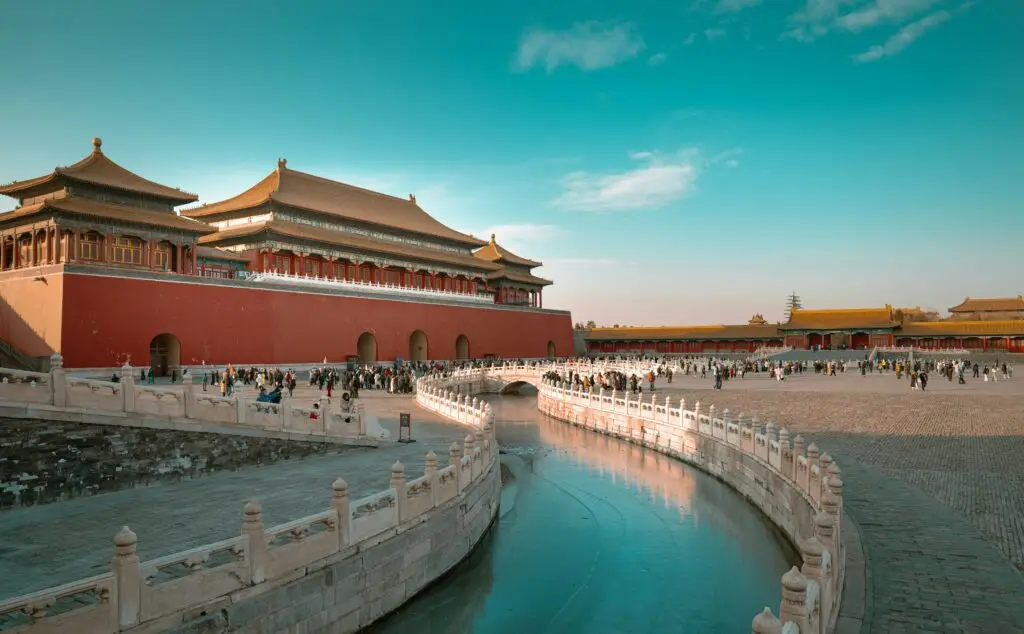When I first set foot in Guilin, it felt less like arriving in a city and more like stepping into a scroll painting. Towering limestone karst peaks rose dramatically above winding rivers, while small villages dotted the emerald-green fields. Guilin is often praised as having the most beautiful landscape under heaven—and as I drifted along the Li River, I realized those words weren’t just poetry, but truth.
The highlight of my trip was the Li River cruise from Guilin to Yangshuo. Mist clung to the peaks as the boat glided past scenery that looked like ink wash art brought to life. Fishermen balanced on bamboo rafts, and water buffalo grazed lazily along the riverbanks. Every turn revealed a new scene more breathtaking than the last. No wonder this landscape has inspired Chinese poetry and painting for centuries.
Arriving in Yangshuo, I was charmed by the blend of tranquility and energy. By day, I cycled through rice paddies framed by karst peaks, the air filled with the hum of cicadas and the scent of earth. By night, lantern-lit West Street came alive with music, street food, and travelers from all corners of the world. It was here I watched the Impression Sanjie Liu light show, performed on the Li River itself, with the mountains as a natural stage—a cultural experience unlike anything else I’ve seen.
Back in Guilin City, I explored the landmarks that give the city its distinct character. The Reed Flute Cave, filled with surreal stalactites glowing under soft lights, felt like a hidden world beneath the earth. Elephant Trunk Hill, shaped like a giant elephant drinking from the river, stood as a timeless symbol of Guilin, bridging legend and natural wonder.
One of the most unforgettable detours was to the Longji Rice Terraces, known as the Dragon’s Backbone. Stretching across the mountains like endless green waves, they carried the legacy of centuries of farming. Climbing to the top, I passed villages of the Zhuang and Yao minorities, where traditions are alive in embroidered clothing, wooden houses, and warm hospitality. Standing there, surrounded by terraces that seemed to touch the sky, I felt deeply connected to the human history woven into this land.
Of course, no journey is complete without tasting its flavors. Guilin’s famous rice noodles, steaming in fragrant broth and topped with chili, became my breakfast ritual. Yangshuo’s beer fish, cooked with freshly caught river fish and local beer, was the dish that lingered in my memory long after I left. Each bite carried the authenticity of Guilin’s culture, earthy and unpretentious.
Traveling in Guilin was not just about sights, but feelings. It was the hush of dawn mist over the river, the laughter of children riding bicycles past rice fields, the warmth of sharing a meal with locals. Guilin is more than a destination—it is poetry you can walk through, art you can breathe in, and culture you can taste. The old saying is true: Guilin’s scenery is the best under heaven. And after my journey, I carry a piece of that heaven within me.

